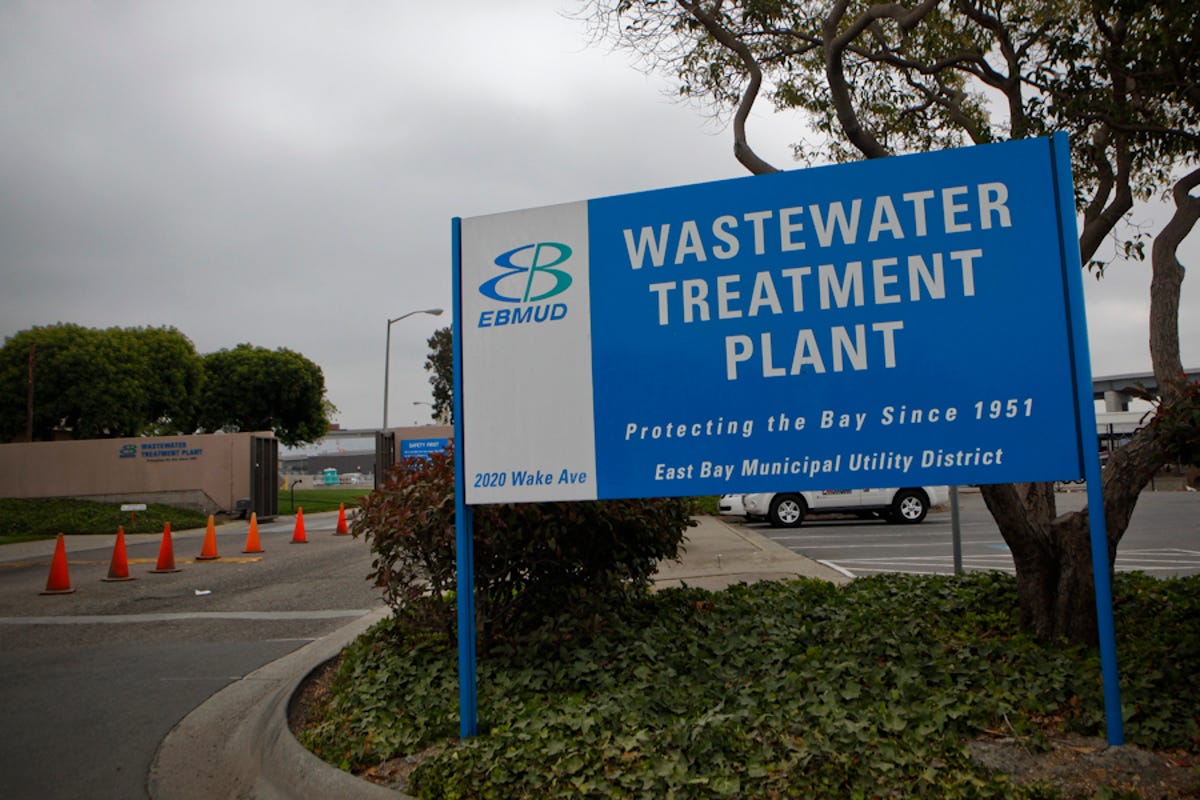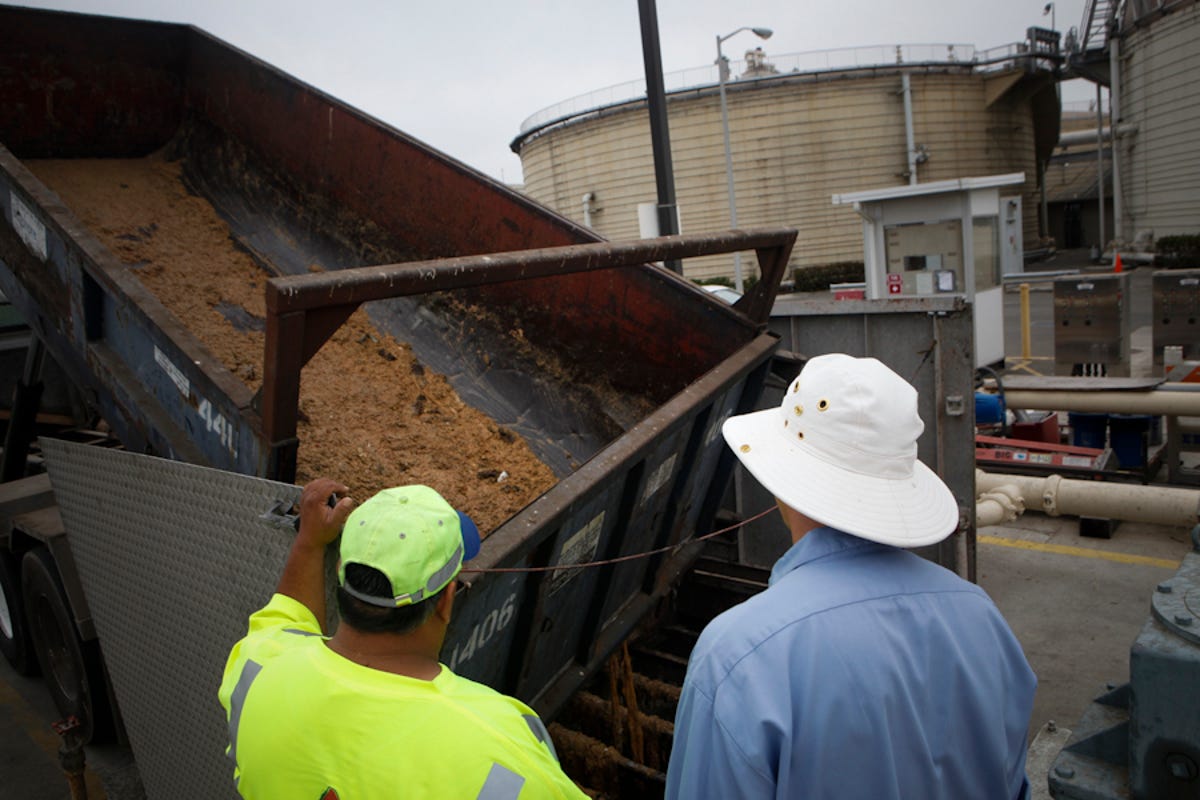Photos: Turning food waste into energy
With grants from the EPA, innovative techniques are turning food waste into energy to power this San Francisco Bay Area wastewater treatment facility.

Wastewater treatment
Food waste is one of the least recycled materials in municipal solid waste systems, according to the Environmental Protection Agency. But at least one organization in the San Francisco Bay Area is trying to change that.
The East Bay Municipal Utility District is experimenting with innovative techniques to convert raw food waste into usable energy, taking some of the massive amounts of food waste generated by local restaurants and using it to power its operations in Oakland, Calif.
In 2007, EBMUD was awarded a $50,000 grant from the EPA as part of the Resource Recovery Program to explore new ways of digesting food waste to produce methane gas.
Today, the facility is home to a million-dollar facility that is generating usable methane and producing nearly 100 percent of the power needed to operate the regional wastewater treatment operation.
East Bay
Pizzaiolo
The process all starts at restaurants like this one, Pizzaiolo in Oakland. Currently, a few hundred restaurants contribute to the program, amounting to 100 tons of compostable food waste that gets delivered to the EBMUD facility every week to be anaerobically digested to produce methane.
Restaurants in nearby Alameda, Contra Costa, and San Francisco counties generate 1,700 tons of food waste each day, giving the program a lot of potential for expansion, according to Dave Williams, the director of wastewater at EBMUD.
A bill signed in 2006 by California Governor Arnold Schwarzenegger requires the state to limit greenhouse gas emissions to 1990 levels by the year 2020. Processes like the one EBMUD is testing could help the state achieve that goal, said Williams.
Compostables
Dumping


